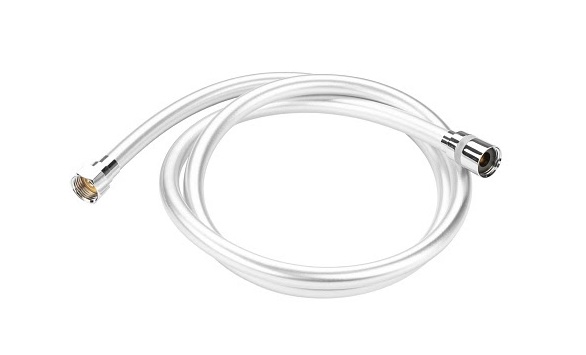Advantages of Using Silicone Hose
The two most common types of hose used in the industry are rubber and silicone hose.
The main advantage of using a rubber hose is that it is very flexible. This flexibility means that when pressure or friction is applied to the hose, it does not burst or tear easily. Rubber hoses also offer excellent resistance to acids, alkalis, alcohols, and other corrosive chemicals and solutions. These hoses are capable of withstanding extreme conditions without expanding, even when exposed to boiling water or steam, up to 260 degrees Celsius / 500 degrees Fahrenheit.
Silicone rubber hoses also offer good flexibility and chemical resistance, but they tend to be more expensive than standard rubber hoses. They do, however, offer the advantage of not dissolving in alcohol or other chemical solutions.
Rubber hose tends to give off a foul smell when it is being used because chemicals that have been absorbed into the hose off-gas as they are heated by the pressure and friction of the fluid flowing through them. Rubber hoses should therefore not be used where the smell of off-gassing would be offensive to workers or end-users.
Silicone hose, on the other hand, does not give off a foul smell because it is inert and releases no chemicals. Furthermore, silicone rubber hoses do not tear easily under normal conditions and therefore require no protective jackets. Standard rubber hoses should be covered with a protective sheath, especially if they will be in an area where there is a risk of abrasion or skin contact.
Another advantage to using silicone rubber hose over standard rubber hose is that it does not deteriorate from exposure to ozone or weather conditions. If you need a hose for extreme weather conditions, such as very high or low temperatures or direct sunlight, a silicone rubber hose would be the best choice. Although silicone hoses in Singapore are more expensive than standard rubber hoses, they offer many advantages that make them an excellent choice for industrial applications.
They can be used safely with chemicals and fluids that may corrode or degrade other types of hose, such as acids and alkalis.
They do not deteriorate or degrade from exposure to ozone or weather conditions, making them well-suited for extreme weather conditions.
They are not only safe but also offer improved performance over other types of hoses.
The recommended temperature range is -60 Celsius to 260 Celsius (-76 Fahrenheit to 500 Fahrenheit), although it may be used at up to 400 Celsius (752 Fahrenheit) intermittently.

In conclusion, silicone hose in Singapore offers many advantages over other types of hose and should be considered for use in industrial applications where safety, chemical resistance, and performance are important.
The two most common types of hose used in the industry are rubber and silicone hose. The main advantage of using a rubber hose is that it is very flexible. This flexibility means that when pressure or friction is applied to the hose, it does not burst or tear easily. Rubber hoses also offer excellent resistance to acids, alkalis, alcohols, and other corrosive chemicals and solutions. These hoses are capable of withstanding extreme conditions without expanding, even when exposed to boiling water or steam, up to 260 degrees Celsius / 500 degrees Fahrenheit.

